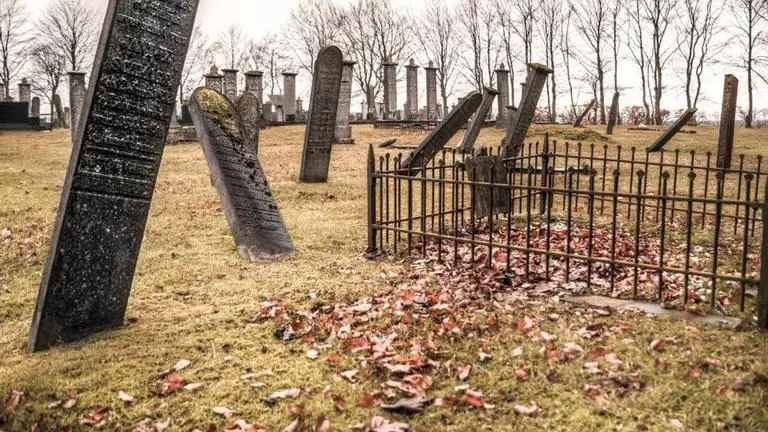Updated 25 August 2021 at 15:21 IST
Neolithic skeletons from 6,000 year-old burial ground discovered in Romania's Transylvania
At least three wooden wall rings were found at the construction site. Archaeologists also discovered a pit that was used by the stone age people to store food.
- World News
- 3 min read

Archaeologists discovered a 6000-year-old burial ground from a construction site in Transylvania, Romania on 24 August. Researchers had started the excavation project in July in a commune in Cluj-Napoca called Iclod when some scalps were found at the construction site of an industrial building.
According to a report by Romanian news outlet, Gherlainfo.ro, the area is already declared historic by the archaeological department and therefore, it is mandatory for industries to inform the department before initiating any construction activity there.
The report said that archaeologists unearthed multiple skeletons of people belonging to the Neolithic era, the period which is considered as the final division of the Stone Age, with a wide-ranging set of developments that appear to have arisen independently in several parts of the world. They also found numerous pottery vessels in the grave near the scalps of skeletons from the burial ground.
According to the researchers, the vessels that were found in the graveyard near the Neolithic skeletons were buried along with the departed souls as offerings due to the belief that the soul would use those vessels in the afterlife. Apart from vessels, traces of fortifications have also been discovered.
Advertisement
'By learning more about them, we will know more about ourselves'
Paul Pupeză, an archaeologist at the National Museum of History of Transylvania, explained that in the past, the houses were fortified with wooden walls, and the wealthiest inhabitants lived in the best-fortified areas. At least three wooden wall rings were found at the construction site. Archaeologists also discovered a pit that was used by the stone age people to store food. The researchers claimed that the pit was eventually converted into a dumping site where discarded objects were thrown.
"Their story must be told, revealed, through such excavations. By learning more about them, we will know more about ourselves. We are the first to get our hands on these fragments, after thousands of years," the Cluj archaeologist was quoted by Gherlainfo.ro as saying. "The fieldwork is quite hard, we work in the dust, in the heat or in the rain, and the results are not always very spectacular. But we are privileged to take this look into the past and reveal something special,” the archaeologist added.
Advertisement
Recently, researchers found a cemetery of a girl who died around 200 years ago
In a similar incident, a cemetery of a girl who died in 1872 was found in Ireland. In a unique working style, Fianna Fail Councillor Audrey Buckley hired a flock of sheep to work on a makeover of an old Cork cemetery by eating overgrown vegetation. While explaining his working style, he said that the sheep eat a large amount of vegetation that further helps the Councillor and his team to unearth the graveyard "that haven't been seen forever". Surprisingly, the sheep have uncovered the grave marker of a two-year-old girl who died on 7 October 1872.
According to the inscription reported by RTE News, the girl whose name was Maria Kate Russel, had died when she was two years, five months and 15 days old. The information on the stone head also suggests that she was survived by her father Crp George Russel, Royal Engineers, Camden Fort Meagher, who was present at the time of her funeral. By grasping the information inscribed on the stone head, the councillor contacted the grand-nephew of the girl who had died in 1872.
Published By : Ajeet Kumar
Published On: 25 August 2021 at 15:21 IST
